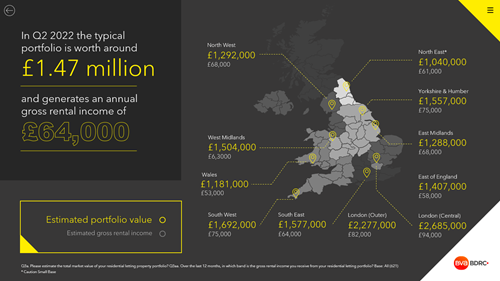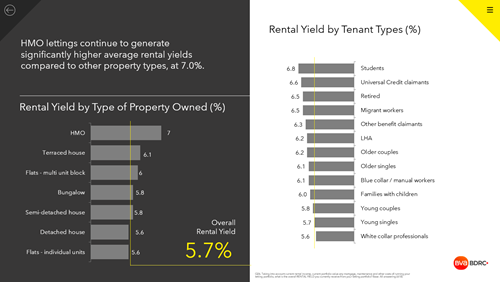Your Business and Industry
Help your landlord clients crack the rental yield equation
Rental yield is one of the most important considerations for landlords and calculating this represents one of the simplest equations. However, more than 1 in 4 landlords (28%) don’t know their rental yield or are unsure how to calculate it.

This is a statistic which should make any adviser’s eyes light up. In an increasingly complex lending environment, there are a variety of ways in which advisers can demonstrate their value and something as simple as helping to outline how rental yields are calculated and how they can help landlords increase these yields is of huge value to both the client and the adviser.
Rental yield is calculated simply as: Annual rental income divided by property value, then x100, to give the yield as a percentage. So, for example, a flat with a rental income of £10,000 per year, and valued at £150,000 would have a rental yield of 10,000/150,000x100 = 6.6% rental yield.
Read our rental yield and tenant demand report from Q1 2022
When it comes to yields, beyond this simple calculation, there are a huge number of variables which influence the end value. Property type, quality, location and – more so lately – energy efficiency are just a sample of the factors which can impact returns.
Historically speaking, location has arguably been the most prominent of these components and this is unlikely to change anytime soon. It is always an interesting area to track and, as highlighted in the latest Q2 2022 BVA BDRC Landlord Panel research, landlords operating in the North East, North West and Yorks & the Humber are reported to have achieved the highest rental yields in Q2, with all registering increases and achieving average yields in excess of 6%. Landlords operating in Central London continued to generate the lowest yields on average at 4.4%.

When assessing average achieved rental yield, after a dip in Q1, this edged up by 0.2% in Q2 ‘22 to 5.7%. Looking at this from a property type, topping the yield charts were landlords with HMOs who continue to achieve the highest rental yields, at an average of 7.0%. This is up from 6.8% in the Q1 2022 iteration of the research.
The next highest yield was terraced house at 6.1%, followed by flats - multi-unit block (6%), semi-detached house (5.8%), bungalow (5.8%), flats – individual unit (5.6%) and detached house (5.6%). Linked to this, students currently provide the strongest average yields of any tenant type at 6.8%.

As outlined, yield can be a multifaceted component within the BTL marketplace and it’s key for landlords and intermediary partners to realise how working with specialist lenders such as Foundation Home Loans can help support a variety of borrowing needs to understand and maximise these yields. Speak to our dedicated BTL team to find out more.
Keep up to date with us on social media via LinkedIn and Twitter.
More on our specialist property types
FOR INTERMEDIARIES ONLY



